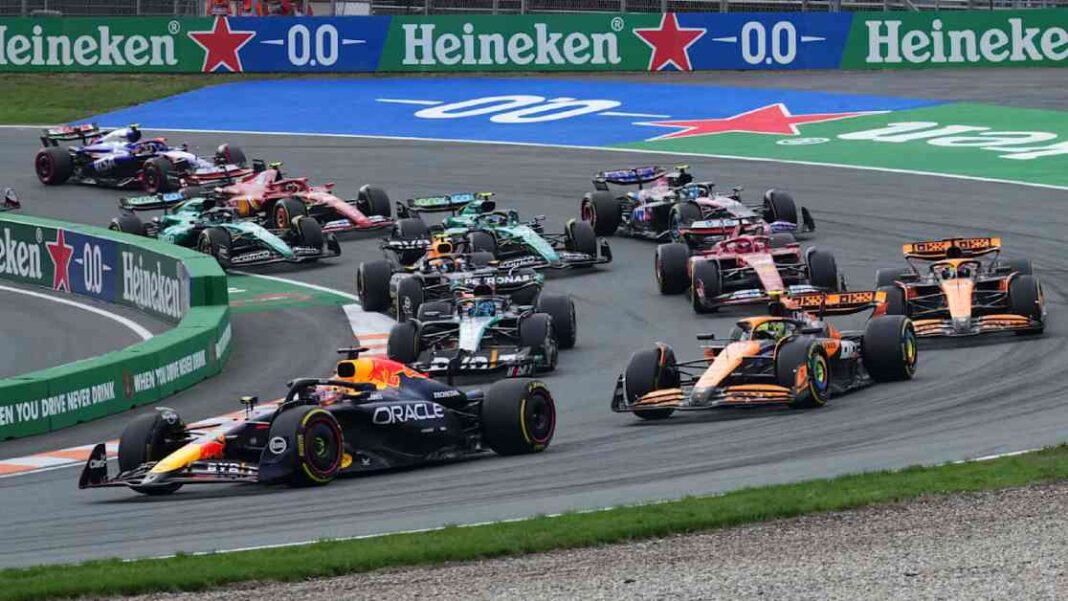Mercedes Struggles with New Upgrades
Mercedes, one of the top teams in Formula 1, has been facing challenges with their recent upgrades to their car. While they had a strong start to the season, winning three out of four races before the summer break, they have since struggled to achieve top results. The team introduced a new underbody design in Zandvoort and Monza, but it did not deliver the expected performance improvements. In fact, the new upgrades seemed to have made the car slower, leading to disappointing finishes for Lewis Hamilton and George Russell.
The issue with the new upgrades has been a recurring problem for Mercedes. Prior to the summer break, Hamilton and Russell tested the new underbody design in Spa but encountered balance issues with the car. As a result, they reverted back to the old version after just one practice session. Despite this setback, the team opted to use the new design in Zandvoort and Monza, only to see their performance suffer once again.
In an effort to address the performance issues, Mercedes has decided to go back to using the old underbody design for the upcoming race in Baku. The team’s engineers hope that by using the familiar setup, they can gain a better understanding of how to optimize the car’s performance. Russell emphasized that while the new upgrades were supposed to provide a small improvement, they have not yielded the desired results. He acknowledged that it may take some time to fine-tune the new design and unlock its full potential.
Red Bull Faces Similar Challenges
Red Bull, another top contender in Formula 1, is also grappling with performance issues following a major upgrade to their car. After introducing significant changes at the Grand Prix of Miami, Max Verstappen and Sergio Perez have struggled with balance problems. Unlike Mercedes, Red Bull is still in the process of identifying the exact cause of the issues. The team has tested five different versions of the underbody design in search of a solution.
Meanwhile, Ferrari has managed to stay ahead of the competition by successfully addressing performance issues with their upgrades. Following the introduction of a new upgrade in Barcelona that caused the car to bounce due to excessive downforce, Ferrari’s engineers developed a hybrid solution combining elements from two different models. When this solution proved inadequate, the team continued to refine the design until it delivered the desired performance improvements. Mercedes is now looking to emulate Ferrari’s success by making a strategic decision to revert to their previous setup in the hopes of moving forward.
Lessons Learned and Future Strategies
The challenges faced by Mercedes and Red Bull highlight the complexities involved in developing and implementing upgrades in Formula 1. While teams strive to improve their cars throughout the season, not every upgrade will deliver the expected results. It is a delicate balance between pushing the boundaries of performance and ensuring that the car remains stable and competitive.
As Mercedes and Red Bull work to overcome their current struggles, they can draw valuable lessons from Ferrari’s successful approach to addressing performance issues. By carefully analyzing the impact of each upgrade and making strategic decisions based on performance data, teams can avoid setbacks and continue to progress in the highly competitive world of Formula 1.
In conclusion, the evolving nature of Formula 1 requires teams to constantly innovate and adapt to stay ahead of the competition. While setbacks may occur, it is how teams respond to these challenges that ultimately determines their success on the track. As Mercedes and Red Bull navigate their current performance issues, they have an opportunity to learn from their experiences and come back stronger in future races.















